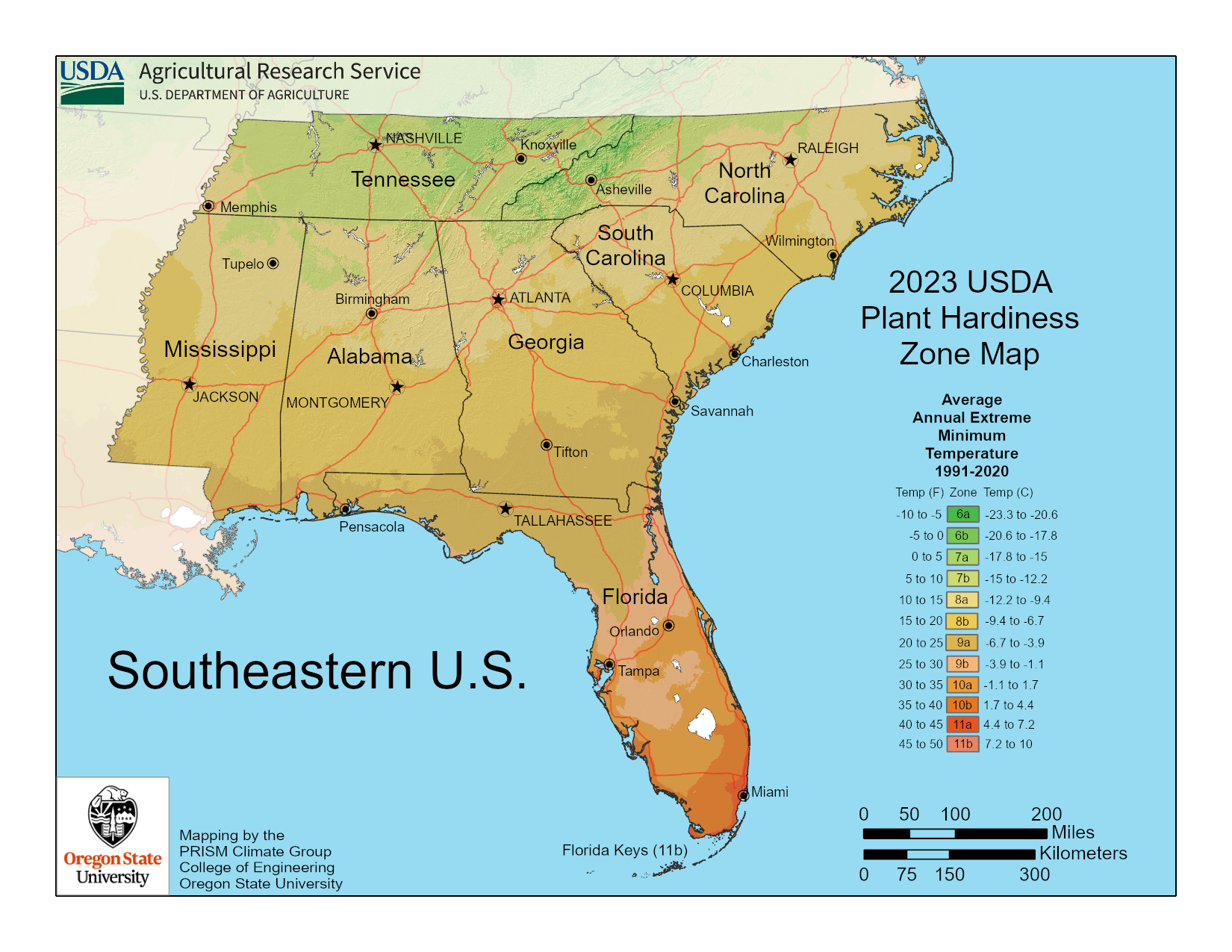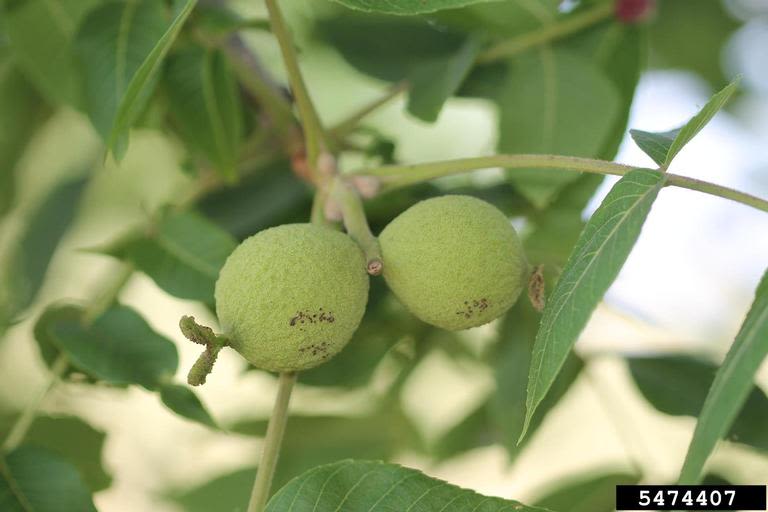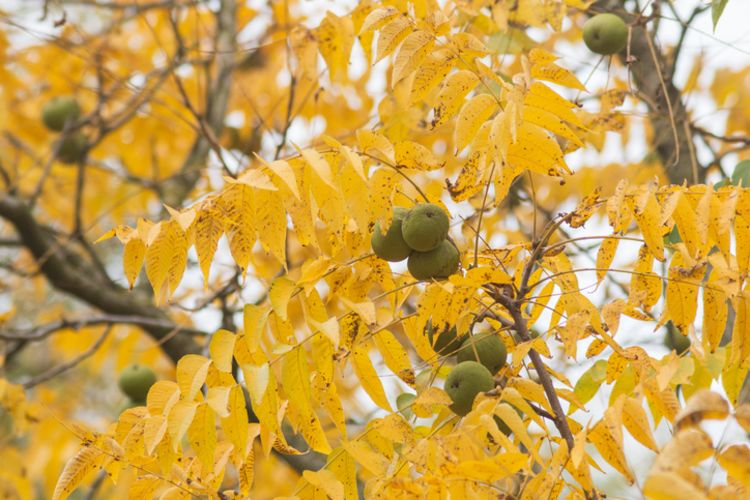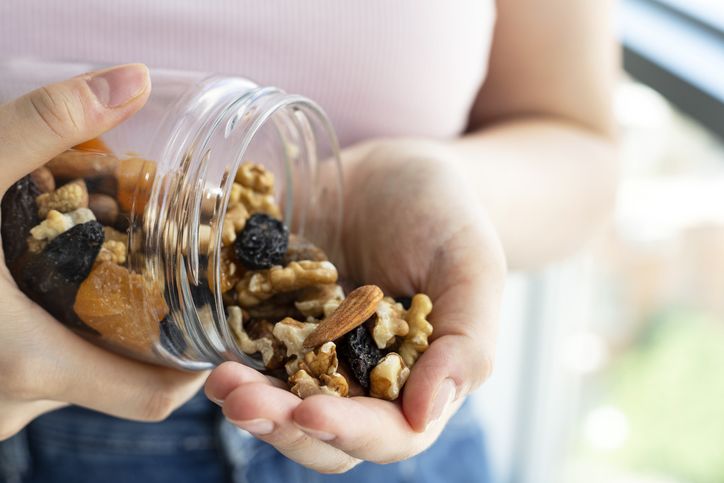Did you know you can grow: Black walnut
UGA Extension experts provide information on growing uncommon Southern delights in your own backyard.
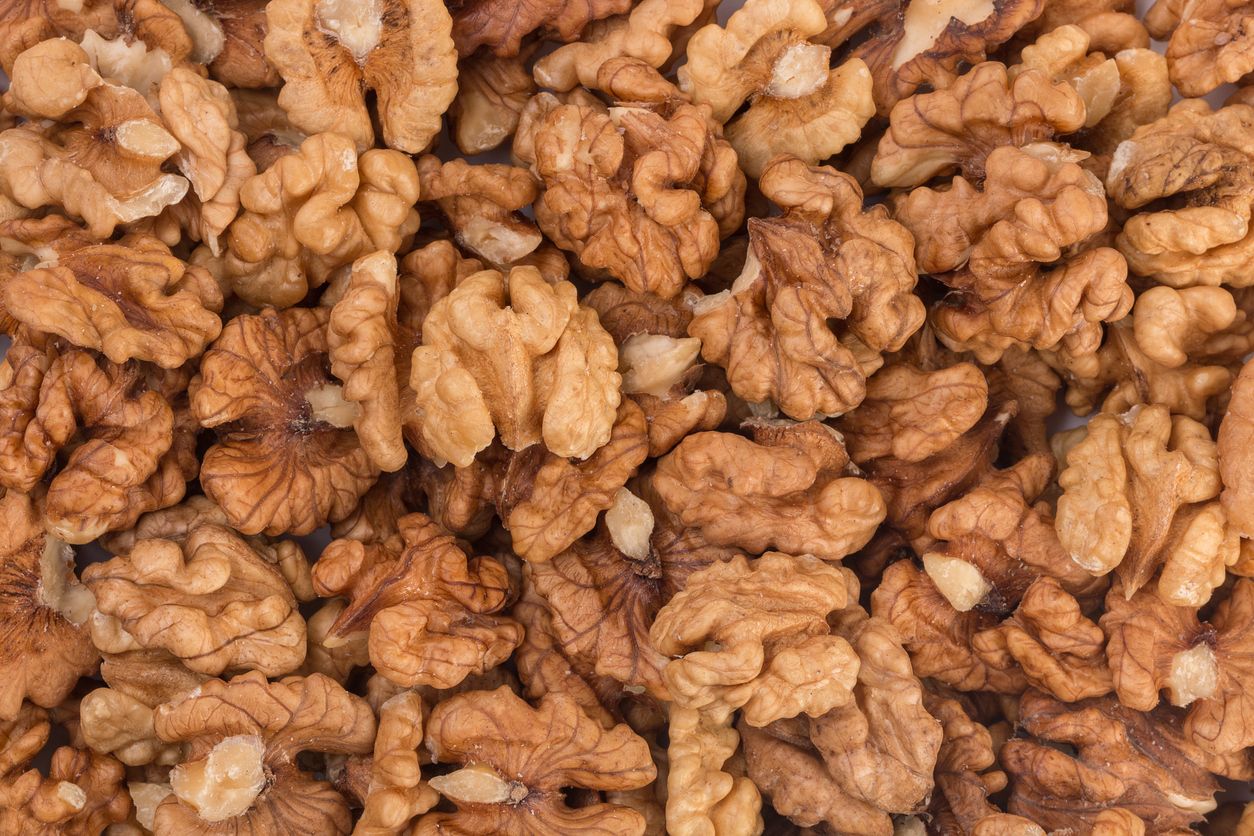
Georgia is famous for its peaches, pecans and peanuts, but thanks to its mild climate, the state also supports a variety of uncommon and exotic fruits and nuts.
In a series inspired by University of Georgia Cooperative Extension publication “Minor Fruits and Nuts in Georgia,” edited by UGA Extension consumer horticulturist Bob Westerfield, we’ll highlight lesser-known edibles that can thrive in Georgia home gardens.
This issue's focus is black walnut, a large nut tree native to Georgia and many parts of the eastern United States.
A crucial American tree
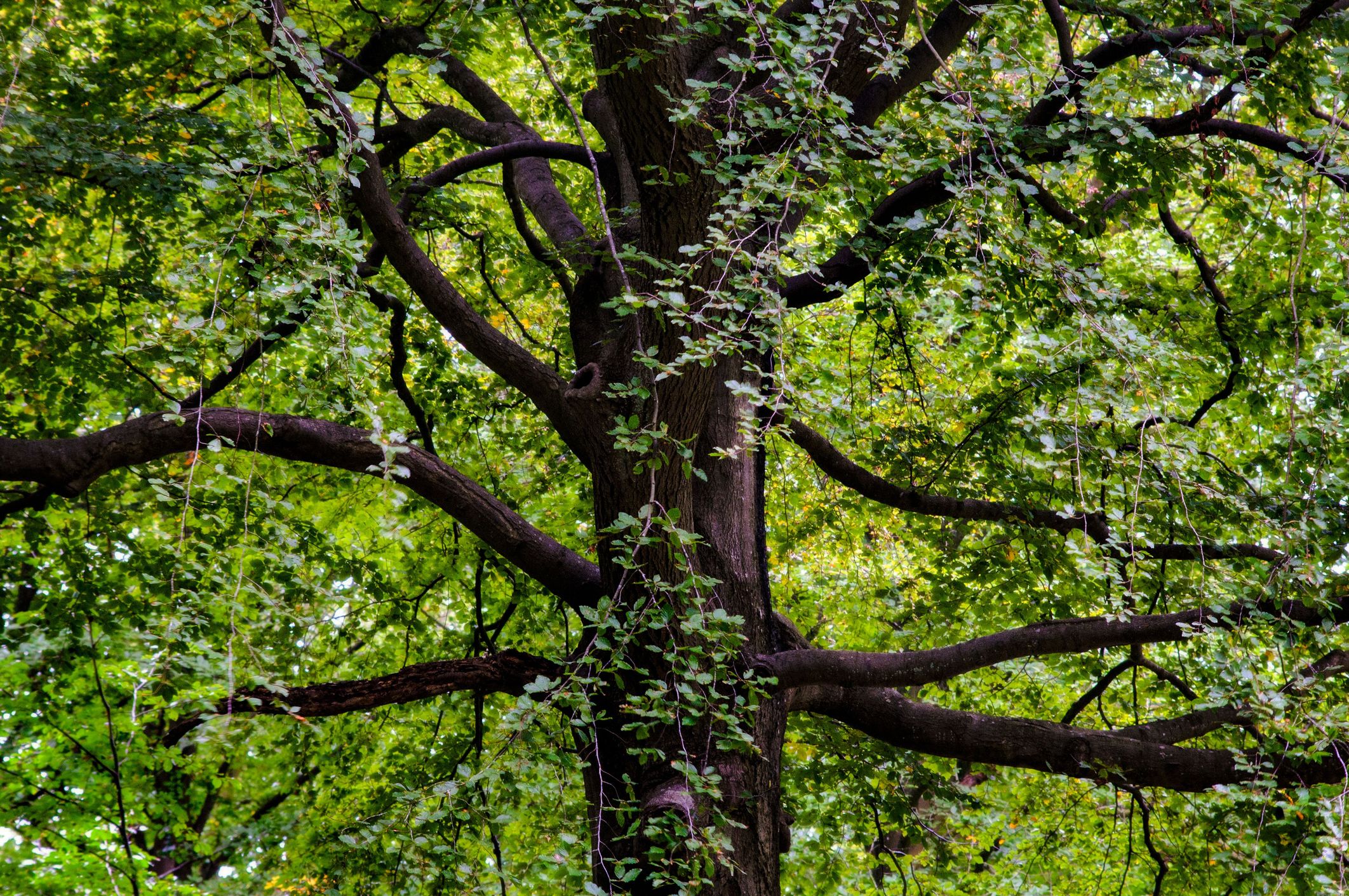
Native to North America, the black walnut (Juglans nigra), also known as the eastern black walnut or American walnut, is a large hardwood tree valued for its timber as a premium hardwood. The tree’s durability, stability and aesthetic appeal make it popular for both craftwork and nut production.
Historically, the black walnut was a crucial tree for Native Americans, particularly the Cherokee, Delaware and Apache tribes. Indigenous people used various parts of the tree in their daily lives as a key ingredient in breads, soups and puddings. Parts of the bark and leaves repelled bugs and treated snake bites, sores, toothaches and other ailments.
Where to plant black walnut
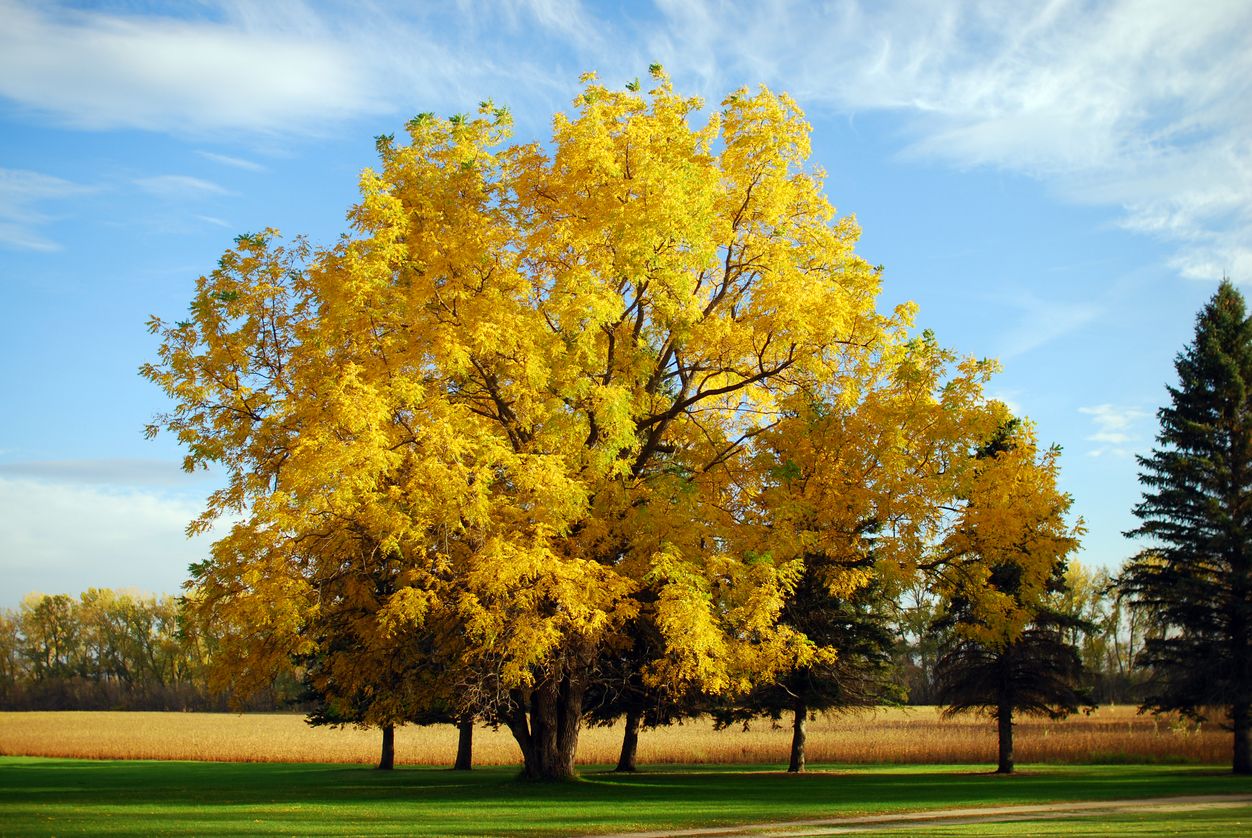
Black walnut trees grow well in USDA plant hardiness zones 5a through 9a. (Map courtesy of USDA)
Black walnut trees grow well in USDA plant hardiness zones 5a through 9a. (Map courtesy of USDA)
Practice care by wearing gloves when opening black walnuts, as the hulls can irritate or stain the skin. (Photo by Rob Routledge, Sault College, Bugwood.org)
Practice care by wearing gloves when opening black walnuts, as the hulls can irritate or stain the skin. (Photo by Rob Routledge, Sault College, Bugwood.org)
Black walnut trees aren’t commonly planted on purpose by home gardeners, but many people discover one already growing on their property. They prefer deep, well-drained soils but can grow reasonably well in a variety of Southern soils. The best variety of black walnut to grow in Georgia is the 'Thomas' variety. It is self-fertile, but nut production is improved if multiple trees are planted.
These native trees can be grown from USDA Hardiness Zones 5a to 9a but are more often found in the northern part of the state.
For optimal nut production, black walnut trees require full sun and ample room to grow, so they are perfect for areas with plenty of space and little other foliage. Seedlings are very sensitive to sun conditions, so plant in an area that receives at least six hours of sun. Black walnut seedlings will grow to be massive trees, up to 100 feet tall with a canopy width of more than 50 feet.
Black walnuts produce a toxin called prejuglone, which is a natural herbicide. When exposed to oxygen, such as when the hulls of the walnuts are cut open, that prejuglone becomes juglone.
Juglone can harm animals and humans and inhibit the growth of other plants around the tree, so avoid planting gardens, fruit trees or sensitive ornamentals nearby. If gardening near a black walnut is unavoidable, raised beds with lined bottoms are your best option. Most grasses, though, are unaffected by juglone.
Learn more about the effects of juglone and how to protect your garden.
Getting started
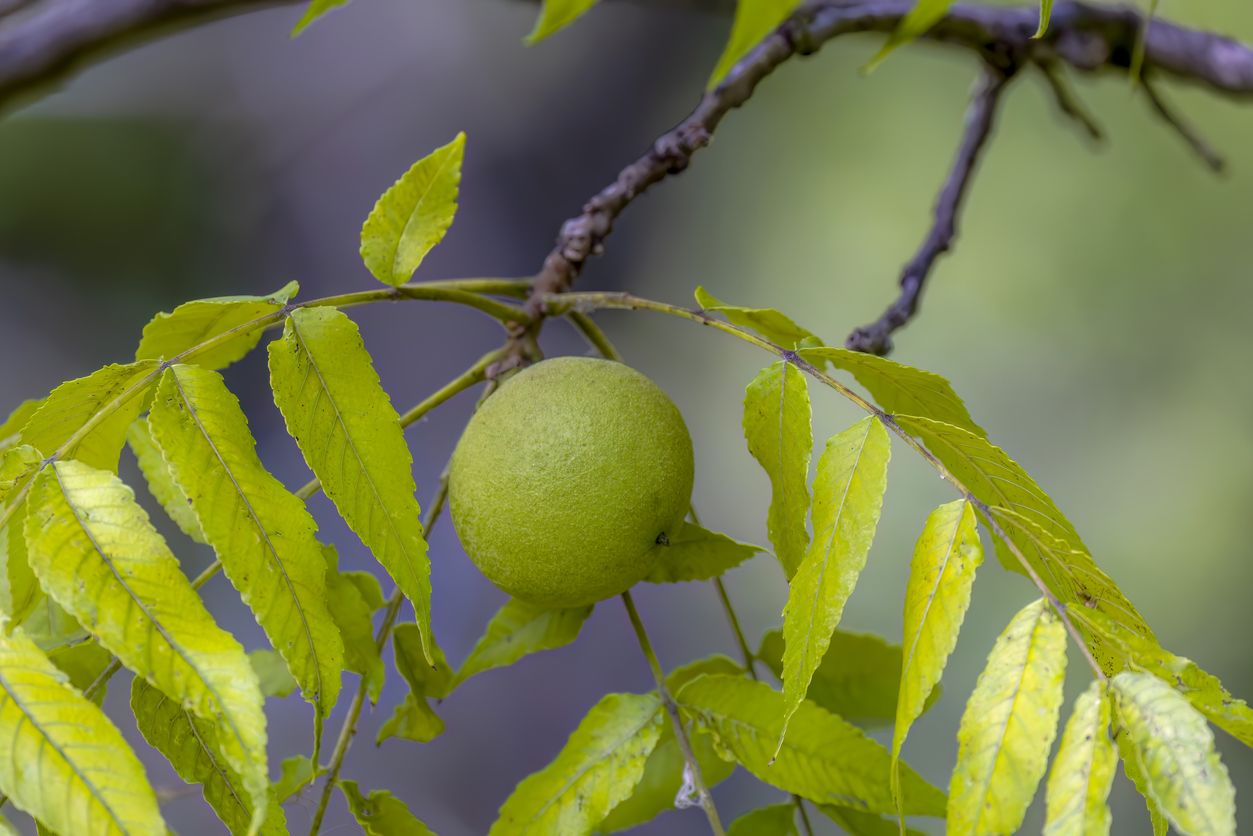
You can grow your tree by planting walnuts with shells directly in the ground during the fall, but planting from nursery saplings is the easier and faster method. Plant in moist, deep, well-drained, fertile soil. Deep soil is a key component in the healthy growth of black walnut trees.
If planting nuts directly in the ground, stake down a cloth over the seeds and mulch over the top to prevent squirrels from taking them.
Care and harvesting
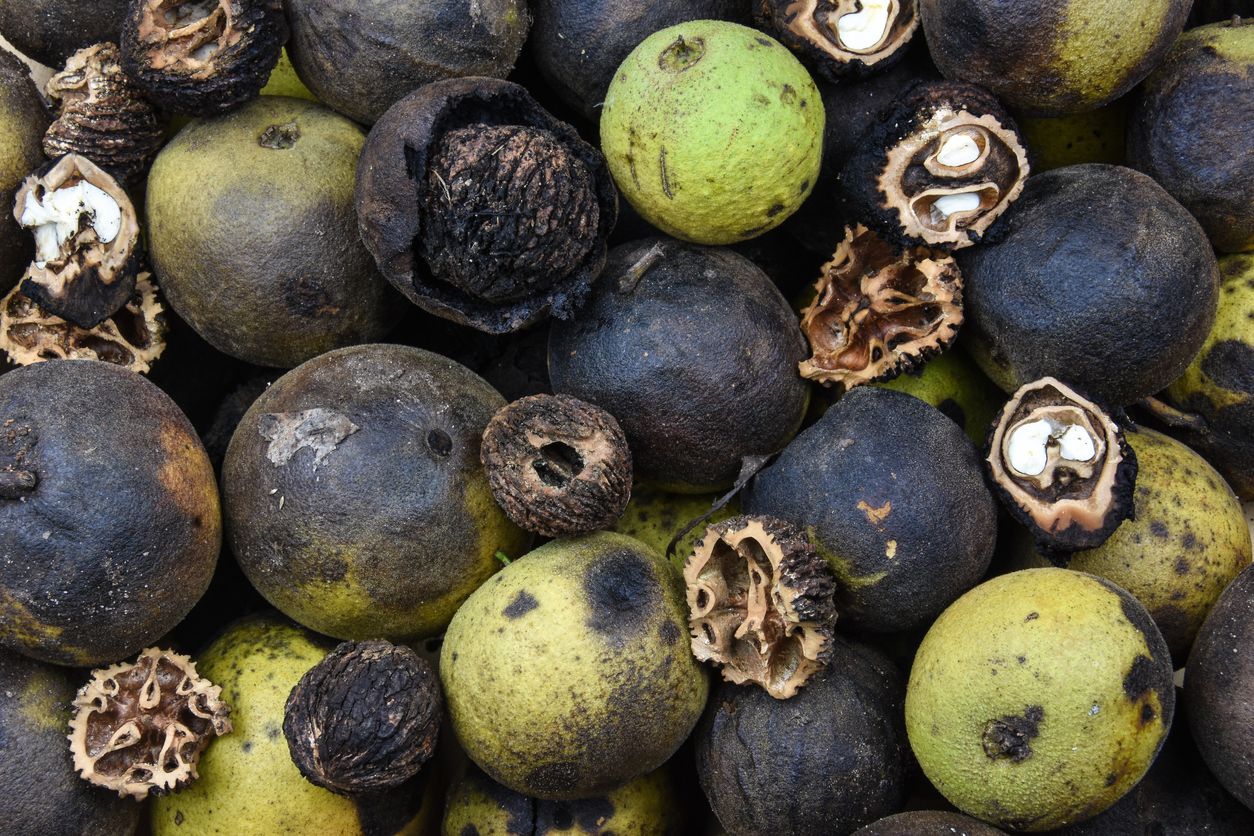
In the first five years, apply 10 to 15 gallons of water during the growing season at weekly intervals, either by rainfall or irrigation.
Weed control is necessary during the first two to three years of growth, but otherwise, the tree should not have problems with weeds.
During its first few years, prune your tree to a central leader by supporting the growth of a single trunk upwards with branches growing out from it. After the first few years, it should not need any more pruning.
Trees will produce nuts after about five years, and production will increase as the tree grows, with heavy crops beginning after about 20 years of growth.
How to harvest
Black walnut fruit ripens in early fall and usually drops soon after the leaves fall. The fruit is made up of three parts: the hull (the soft outer part), the shell and the edible nut inside. It’s best to collect the fruit soon after it falls to prevent insect damage.
It’s normal for the hulls to turn black as they ripen. As long as the nutmeat inside isn’t moldy, rotten or bad-smelling, the walnut is still safe to eat. Remove the hulls promptly to avoid staining your hands and clothes or affecting the flavor of the nut. Always wear rubber gloves when handling walnuts, and avoid touching your face, as the hulls can cause irritation.
You can remove hulls by hand or by rubbing the nuts together or against a rough surface. After hulling, rinse the nuts in water. Discard any that float, as these usually have underdeveloped kernels. Nuts that sink are more likely to be good.
After washing, cure the nuts in a dry, well-ventilated area for several weeks to improve flavor.
The shells are extremely hard, so you’ll need a hammer, brick or sturdy nutcracker to open them.
Packed with polyunsaturated fats and antioxidants, black walnuts make a heart-healthy snack. Their rich, earthy flavor adds something special to salads, snack mixes, baked goods or even ice cream. So, whether they come from your own tree or the store, try incorporating walnuts in your next meal.
Black walnuts will be ripe and ready to harvest during the late autumn months.
Black walnuts will be ripe and ready to harvest during the late autumn months.
Walnuts are commonly eaten with other nuts and fruits in snack mixes.
Walnuts are commonly eaten with other nuts and fruits in snack mixes.
Need help picking out or growing black walnut trees in your yard? Contact your local Extension office. To learn about other nut trees you can grow in your yard, read this article from CAES on nut-producing trees.



